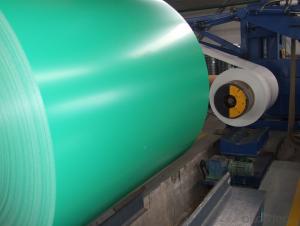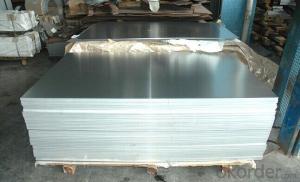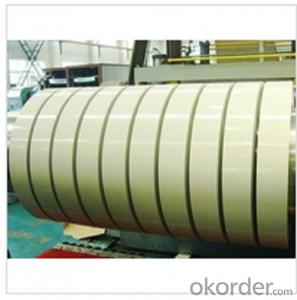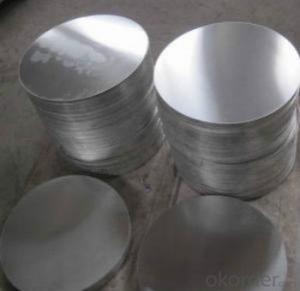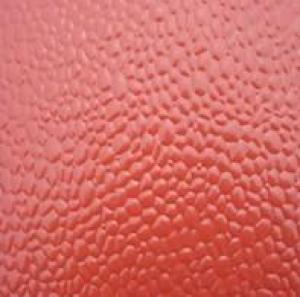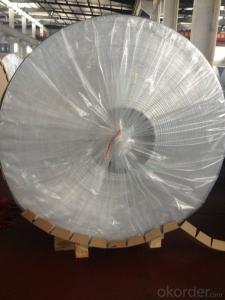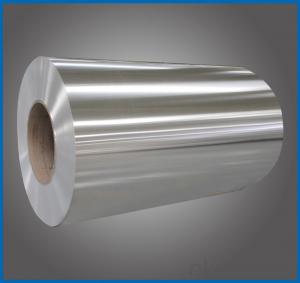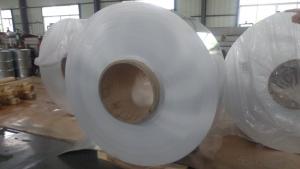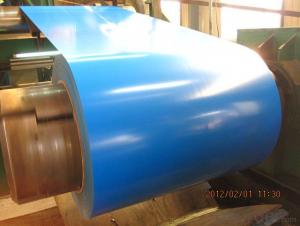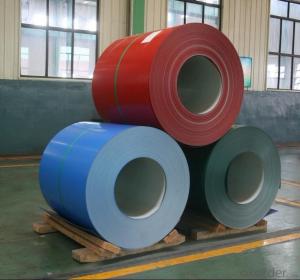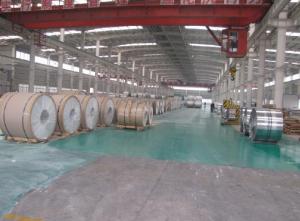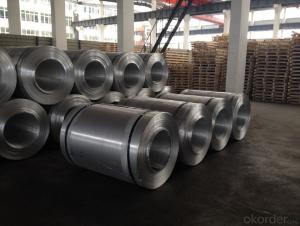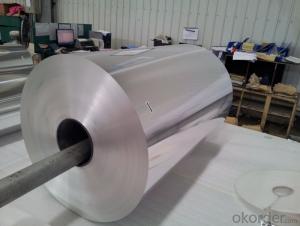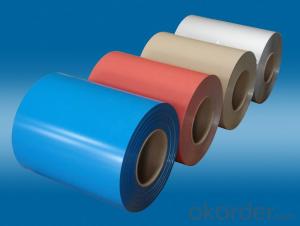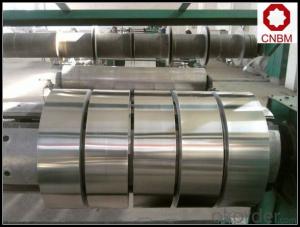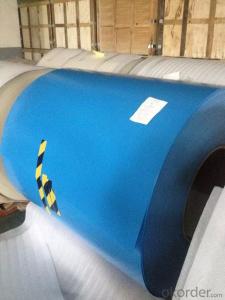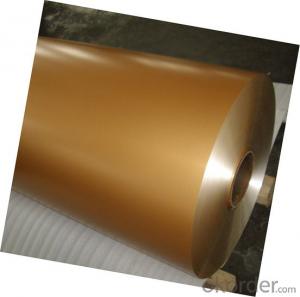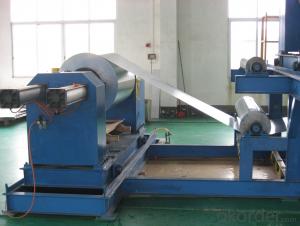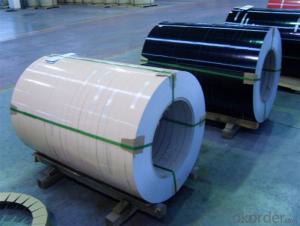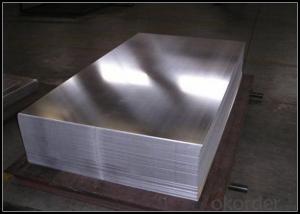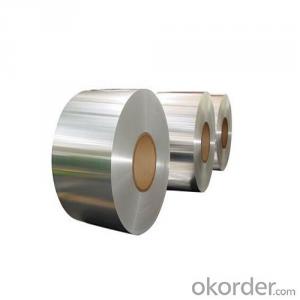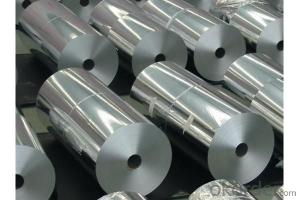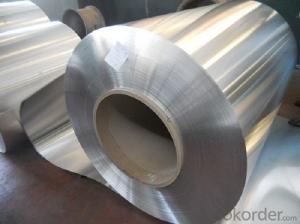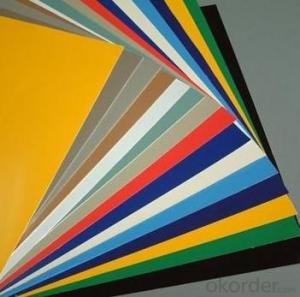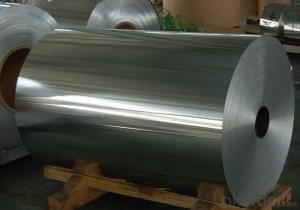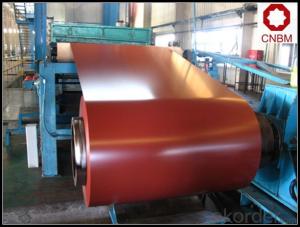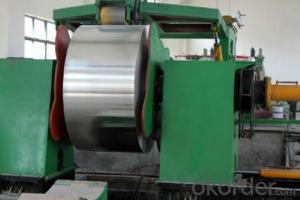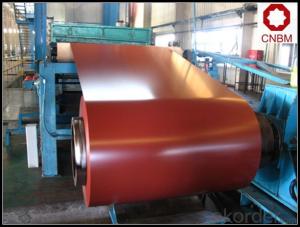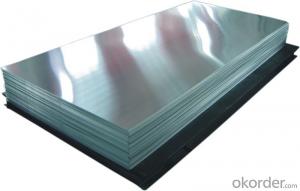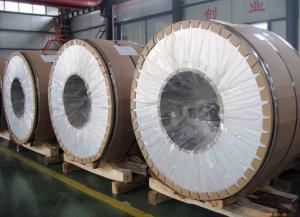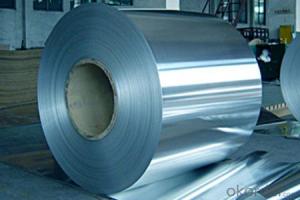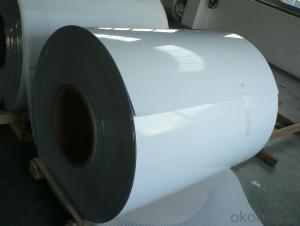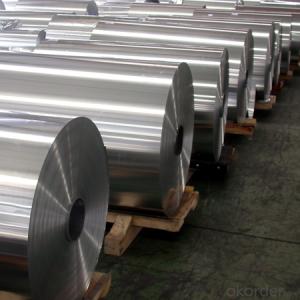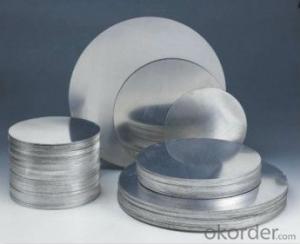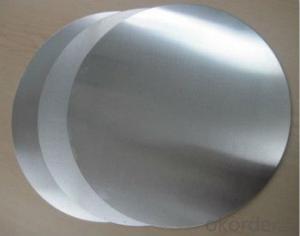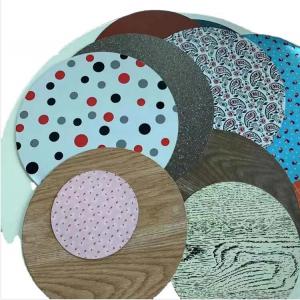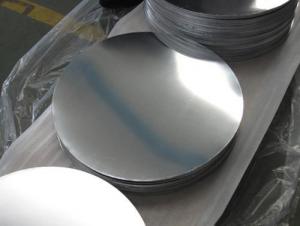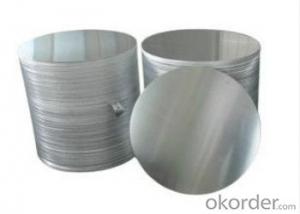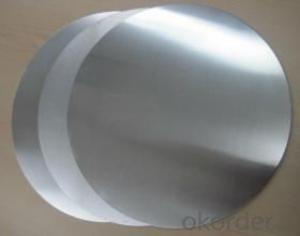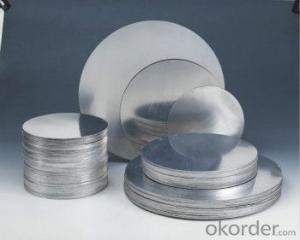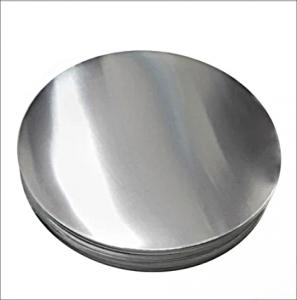5182 Aluminum Coil
5182 Aluminum Coil Related Searches
5052 Aluminum Coil 032 Aluminum Coil 1 2 Aluminum Tubing Coil 5005 Aluminum Coil Anodized Aluminum Coil Coil Aluminum Aluminum Fin Coil Aluminum Alloy Coil Copper Aluminum Coil Polished Aluminum Coil 1/2 Aluminum Tubing Coil Aluminum Copper Coil Aluminum Coil Pipe 1050 Aluminum Coil 1100 Aluminum Coil Colored Aluminum Coil Aluminum Wire Coil Gutter Aluminum Coil China Aluminum Coil Black Aluminum Coil Color Coated Aluminum Coil White Aluminum Coil Powder Coated Aluminum Coil Coil Of Aluminum Aluminum A Coil Aluminum Tubing Coil Vinyl Coated Aluminum Coil Aluminum Ac Coil Coil Coated Aluminum Copper Colored Aluminum Coil5182 Aluminum Coil Supplier & Manufacturer from China
5182 Aluminum Coil is a type of aluminum alloy known for its excellent corrosion resistance and formability, making it a popular choice for various applications. This alloy is widely used in the manufacturing of products such as marine components, chemical equipment, and transportation vehicles due to its high strength and durability. The versatility of 5182 Aluminum Coil allows it to be employed in a range of industries, including automotive, aerospace, and construction, where its lightweight and strong properties are highly valued. Okorder.com is a leading wholesale supplier of 5182 Aluminum Coil, offering a vast inventory that caters to the diverse needs of customers across different sectors. With their extensive stock and competitive pricing, Okorder.com ensures that businesses have access to high-quality 5182 Aluminum Coil for their specific requirements.Hot Products
